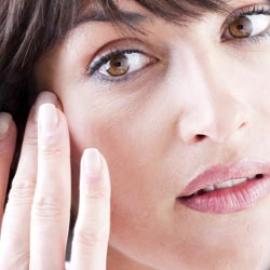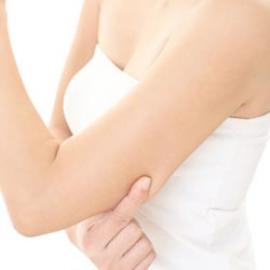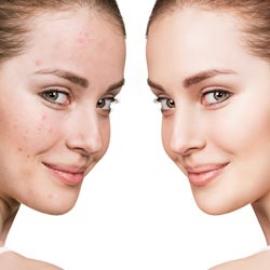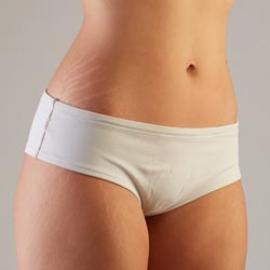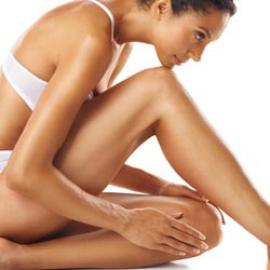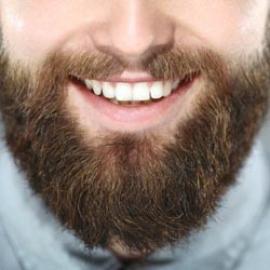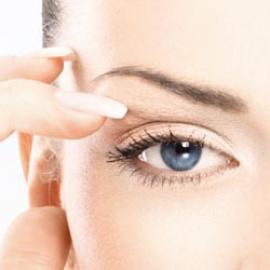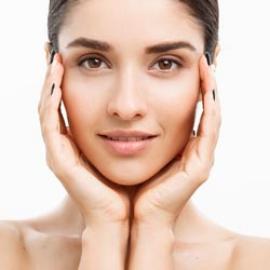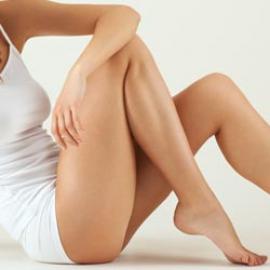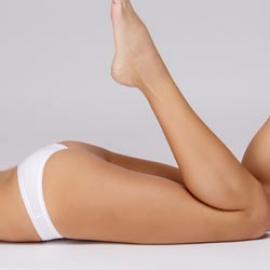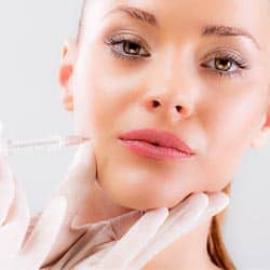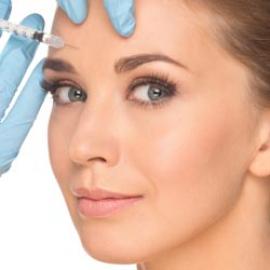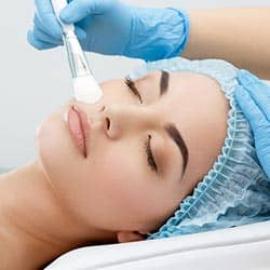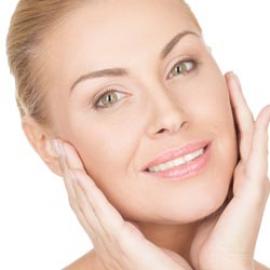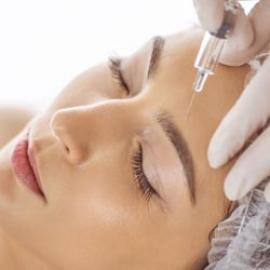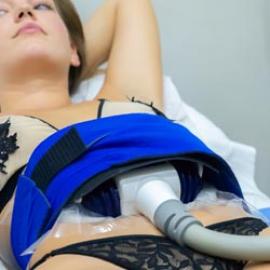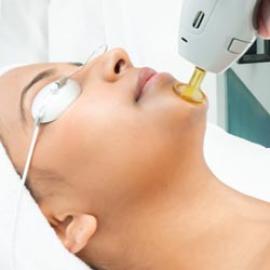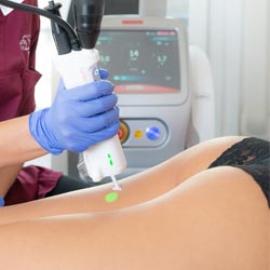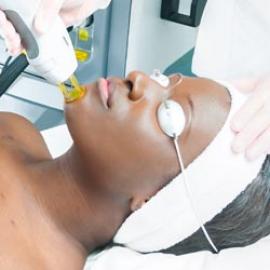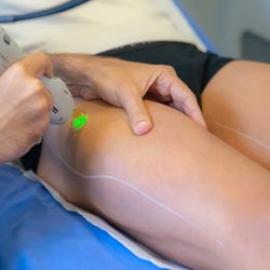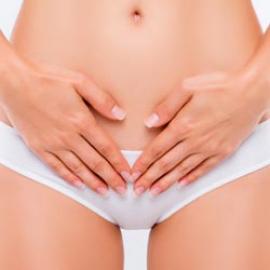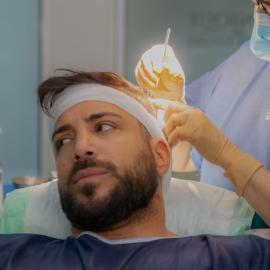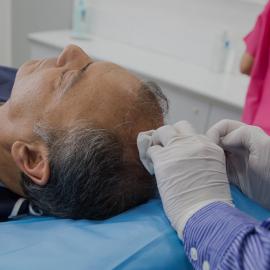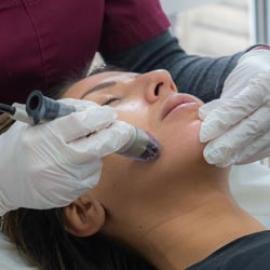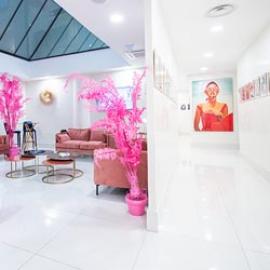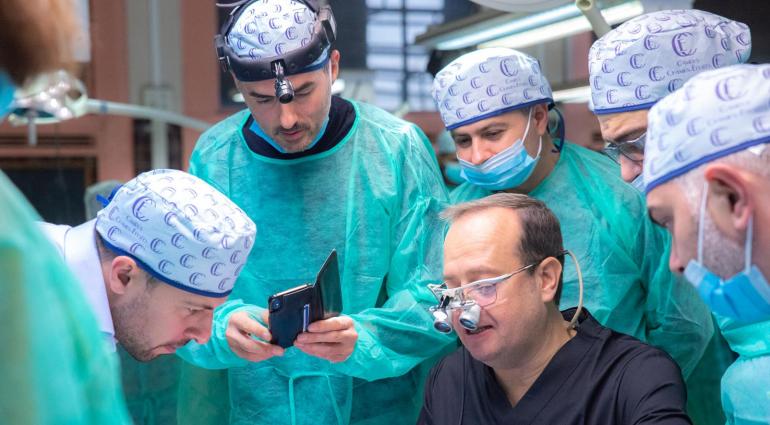
Acne is a skin disorder that strongly affects the lives of many teenagers, and also many adults. It is true that it profoundly alters the beauty of the skin and the face, sometimes with long-term consequences. Aesthetic medicine offers a variety of solutions, with only safe products. Acne peeling is intended to treat either the causes of recent acne or the consequences of older acne, with the aim of restoring healthy, pimple-free, radiant skin.
The causes: how do you develop acne lesions?
Acne is a dermatological condition that starts with an increased secretion of sebum by the sebaceous glands. Their channels will thus become obstructed and promote inflammation, particularly on the face (forehead and nose mainly) or upper back.
The sexual hormones contribute to this hyper-seborrhea, hence its increased occurrence during puberty or menopause: acne thus affects to varying degrees 41% of women.
Acne pimples form according to a well-defined process:
- The seborrheic skin: it is an oily and shiny skin, following the increased production of sebum by the seborrheic glands.
- The whiteheads : they are formed by accumulation of sebum on the sebaceous canal, thus obstructed.
- The blackheads: the accumulation of impurities and the oxidation of the sebaceous lipids cause these blackheads, which give a dull and irregular skin texture.
- The acne pimple: the inflammation of the obstructed canal causes a red, sometimes painful pimple.
- The folliculitis: the bacterial infection with pus pimples (pustule) comes from the proliferation of parasites and anaerobic germs (Demodex and Cutibacterium acnes).
- The acne scar: it will be more or less marked depending on the inflammation and the puncture of the pustule. The atrophic scar is the most noticeable stigma on the facial skin.
The principle: how does a peel treat acne lesions?
The medium peel targets the entire epidermis to the top of the superficial dermis, allowing both layers to be renewed. It offers a dermal reshaping in order to hide a pigmented or atrophic scar.
The superficial peel only impacts the first epithelial layers of the epidermis. It removes lipid film on the surface of the skin and homogenizes the texture of the skin.
This superficial peeling :
- Teats the cause of acne by removing excess sebum.
- Dissolves and removes blackheads, treating dilated pores.
- Regulates the bacterial ecosystem by partly destroying it in order to reduce the risks of suppurated folliculitis.
Indications: why choose an acne peel?
There are mainly two indications.
Treating recent acne by peeling
A superficial peel can be used to treat microcystic or comedonal retentional acne. Dilated pores and blackheads are thus corrected: the skin is homogenized and lightened.
For this superficial acne peel, your practitioner at the Clinique des Champs-Elysées will recommend a keratolytic compound such as salicylic acid.
On the other hand, an acne peel is often not recommended in the infectious phase in the presence of pus.
Treating recent acne by peeling
A medium peel (TCA peel) corrects atrophic scarring acne with or without hyper-pigmentation. If necessary, the concentration can be occasionally increased by up to 20 or 30%.
The peel will eliminate the scar and the dermis will regenerate into healthy, supple and smooth tissue.
The anti-acne peel procedure
The general procedure is similar as any peeling session.
The preparation at home is carried out if possible during 3 weeks with a keratolytic exfoliant. It should maximize the penetration of the acid.
A full procedure usually requires 4 to 6 appointments, 2 to 4 weeks apart. The session lasts about 15 to 20 minutes.
Peeling treatment can be performed on its own, or sometimes coupled with light therapy (medical LED). Blue LEDs deliver antibacterial action, while yellow-orange LEDs soothe inflammatory signs.
After an acne peel, it is required to apply restorative care and sun protection. Products that are too oily should be avoided in order to avoid unnecessary clogging of the pores.
The results of the peel, a healthy skin without acne
A TCA peel causes epidermal desquamation for a week, unlike superficial peel. The acne peel produces very good results with less oily, healthier, softer skin, without blackheads or pimples.
The complexion is brighter and more radiant letting you to lose the hang-ups associated with a skin full of acne pimples.


